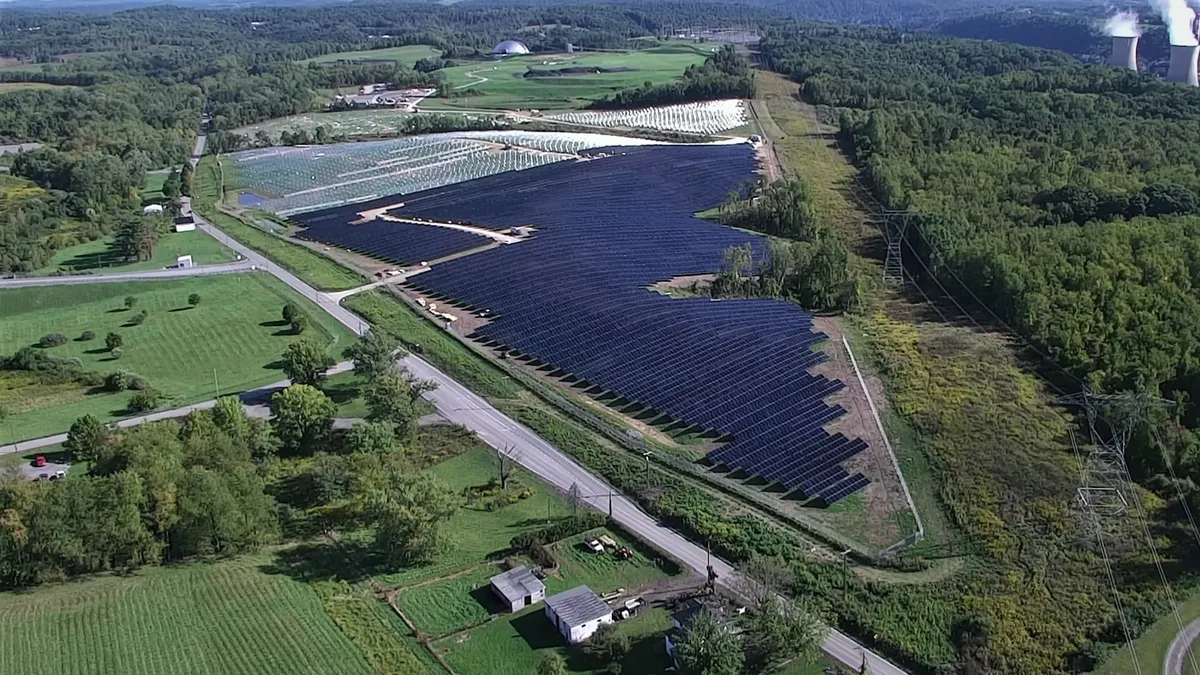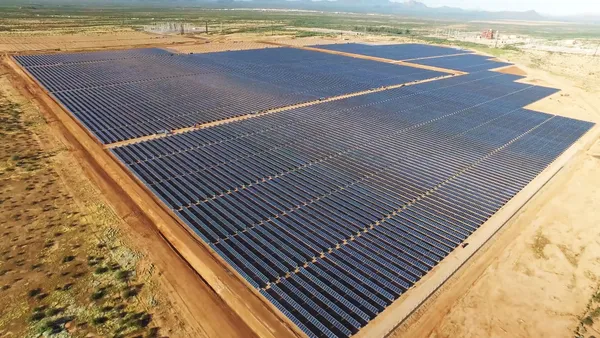Residential solar is booming in the U.S., and while that is a good sign for customer bill savings and clean energy generation, the growth also represents logistical headaches for utilities tasked with determining whether the rooftop panels can be safely interconnected to their distribution systems.
But the Sacramento Municipal Utility District is testing a tool to automate and accelerate that process.
"PV interconnection evaluation is becoming a time-consuming process as each proposed solar power system must be individually reviewed in detail to make sure it works safely with our grid," Sheikh Hassan, a principal distribution engineer at SMUD, said in a Nov. 9 news release describing the utility’s efforts to address the problem.
Hassan works on a SMUD partnership with the National Renewable Energy Laboratory, which created a tool to automate interconnection assessments and speed up the interconnection process. Utilities are receiving thousands of interconnection requests per week, and NREL said the volume “shows no signs of slowing down.”
The U.S. solar industry set a record for new installations in 2021, and in particular, residential solar installations grew 30% year-over-year in the fourth quarter.
Dubbed “PRECISE,” — for PREconfiguring and Controlling Inverter SEt-points — the SMUD-NREL tool launched in February and since then has processed more than 1,700 applications, clocking in at 13 applications per business day. And according to project officials, it can do more.
NREL explained that PRECISE automates the modeling of SMUD’s more than 40,000 distribution “secondaries,” or low-voltage distribution systems connected to homes and rooftop panels.
The tool “creates mathematical models of each incoming PV system,” NREL said, taking into account “every component of the solar panels and their orientations, as well as the inverters and smart inverter capabilities, to make the assessment.”
The project “has worldwide potential,” according to the national lab. PRECISE can “easily handle hundreds of applications daily,” NREL said in a description of the project.
"The future for grid planning and operations is increased automation for evaluating the health, impacts and opportunities of increasing levels of distributed energy resources," said Killian McKenna, a researcher who oversaw the project for NREL.













